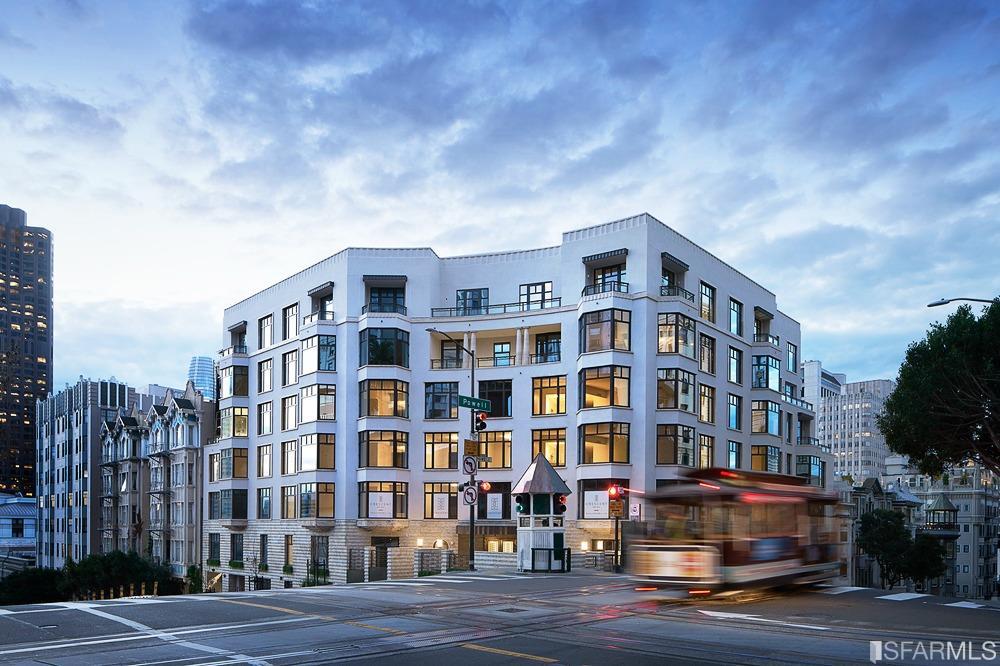The Function of an HOA in Developing and Enforcing Neighborhood Standards for Locals
The duty of a Homeowners Association (HOA) in developing and imposing area guidelines is basic to maintaining a orderly and natural residential atmosphere - hoa condo. By creating clear guidelines that control aspects such as residential property upkeep and neighborhood conduct, the HOA not just establishes standards for citizens yet also promotes a feeling of belonging and liability. The implementation of these guidelines can present different difficulties, increasing concerns regarding justness, neighborhood, and interaction engagement. As we explore these complexities, it becomes evident that the impact of an HOA expands much past simple policy enforcement.
Recognizing House Owners Associations
Homeowners organizations (HOAs) function as governing bodies for residential areas, playing a vital function in keeping building values and cultivating a feeling of community. Commonly developed by developers, HOAs are made up of house owners within an assigned location who choose a board to manage the association's tasks. The primary features of an HOA consist of implementing community policies, managing typical areas, and organizing area events.
HOAs run under a collection of regulating documents, including covenants, limitations, and problems (CC&R s), which outline the legal rights and duties of homeowners. These guidelines intend to ensure that properties are maintained to a specific criterion, thereby safeguarding the aesthetic charm and total worth of the community. Additionally, HOAs typically accumulate charges from homeowners to fund maintenance, landscaping, and other social work.
The visibility of an HOA can dramatically affect the living experience within a neighborhood (hoa condo). While some residents appreciate the structured environment and facilities offered, others may discover specific policies restrictive. Balancing the interests of all property owners is vital for an HOA to work successfully, making sure that it offers its designated function of enhancing community living while respecting individual home owner civil liberties
Creating Area Standards

To begin, an HOA should conduct surveys or hold conferences that permit homeowners to articulate their issues and pointers. This participatory process fosters a sense of ownership and enhances compliance. Next, the HOA board have to assess the responses to recognize typical styles and priorities that require formal incorporation in the standards.
It is likewise necessary to make sure that the guidelines are clear, concise, and conveniently recognized. Uncertainties can result in disputes and misunderstandings, undermining the objective of the guidelines. Additionally, the standards must be detailed, covering various facets of neighborhood living, including property upkeep, noise degrees, and usage of common locations.
Enforcement of Guidelines
Reliable enforcement of neighborhood rules is crucial for preserving order and ensuring that all homeowners stick to his response the developed guidelines. An HOA needs to implement a structured strategy to impose these laws, which typically entails a combination of surveillance, communication, and charges for non-compliance.
First, normal inspections and neighborhood patrols can aid identify infractions, ensuring that guidelines are Check Out Your URL continually applied across the community. This aggressive monitoring enables the HOA to resolve issues before they intensify, cultivating a sense of accountability amongst homeowners.
2nd, clear communication is vital. Homeowners should be informed of the guidelines and the treatments for reporting offenses. An open line of interaction encourages residents to voice issues and seek information on standards, which can boost conformity.

Finally, when infractions happen, the HOA must impose consequences as outlined in the governing documents. This might consist of alerting letters, penalties, or, in serious cases, lawsuit. It is very important that fines are used fairly and consistently to maintain trust fund within the area. By effectively applying guidelines, an HOA can grow a harmonious living atmosphere that shows the collective values of its locals.
Benefits of HOA Rules
Many benefits develop from the implementation of HOA laws, which serve to enhance the lifestyle within a community. One key advantage is the upkeep of home values. By implementing standards for appearances and upkeep, HOAs make certain that homes and typical locations remain eye-catching, fostering a preferable living setting that can result in raised home worths in time.
In addition, HOA regulations promote uniformity and harmony within the community. This comprehensibility in layout and maintenance assists to develop a sense of belonging among citizens, adding to community pride and a favorable ambience. Established guidelines assist in problem resolution amongst neighbors by providing clear expectations and procedures for habits, consequently decreasing disagreements.
One more considerable benefit is the arrangement of common features and solutions. Lots of HOAs take care of area centers such as parks, clubhouses, and pools, which improve leisure chances for citizens. These features not only improve the quality of life but also urge social communication.
Inevitably, the guidelines set forth by an HOA cultivate a well-organized, unified area, making sure that citizens take pleasure in a high standard of living while cultivating a helpful environment for all home owners.
Usual Obstacles Dealt With by HOAs
Among the benefits that home owners associations (HOAs) can give, they also run into a variety of obstacles that can hinder their efficiency. Many house owners may not take part in conferences or community tasks, leading to a disconnect in between the HOA board and residents.
One more obstacle is the enforcement of guidelines and laws. Disagreements can occur when citizens really feel that enforcement is inconsistent or biased, possibly leading to conflicts within the neighborhood. In addition, HOAs frequently deal with economic constraints, which can limit their capability to preserve usual locations or fund community jobs. This can produce frustration amongst residents who expect high requirements of maintenance.
Additionally, navigating lawful intricacies can be intimidating for HOAs. Evolving and transforming demographics community needs need HOAs to adjust their guidelines, often satisfying resistance from long-lasting locals that are accustomed to traditional standards.
Verdict

By formulating clear guidelines that control facets such as residential or commercial property maintenance this contact form and area conduct, the HOA not just sets standards for citizens yet additionally fosters a sense of belonging and responsibility.Homeowners organizations (HOAs) offer as controling bodies for residential communities, playing a vital duty in maintaining residential or commercial property values and cultivating a feeling of area. Several homeowners may not participate in meetings or community activities, leading to a disconnect between the HOA board and locals. Developing and altering demographics neighborhood needs require HOAs to adapt their guidelines, often meeting resistance from long-standing residents that are accustomed to typical standards. With the advancement of clear guidelines and constant enforcement, HOAs promote residential or commercial property maintenance, area satisfaction, and depend on among locals.